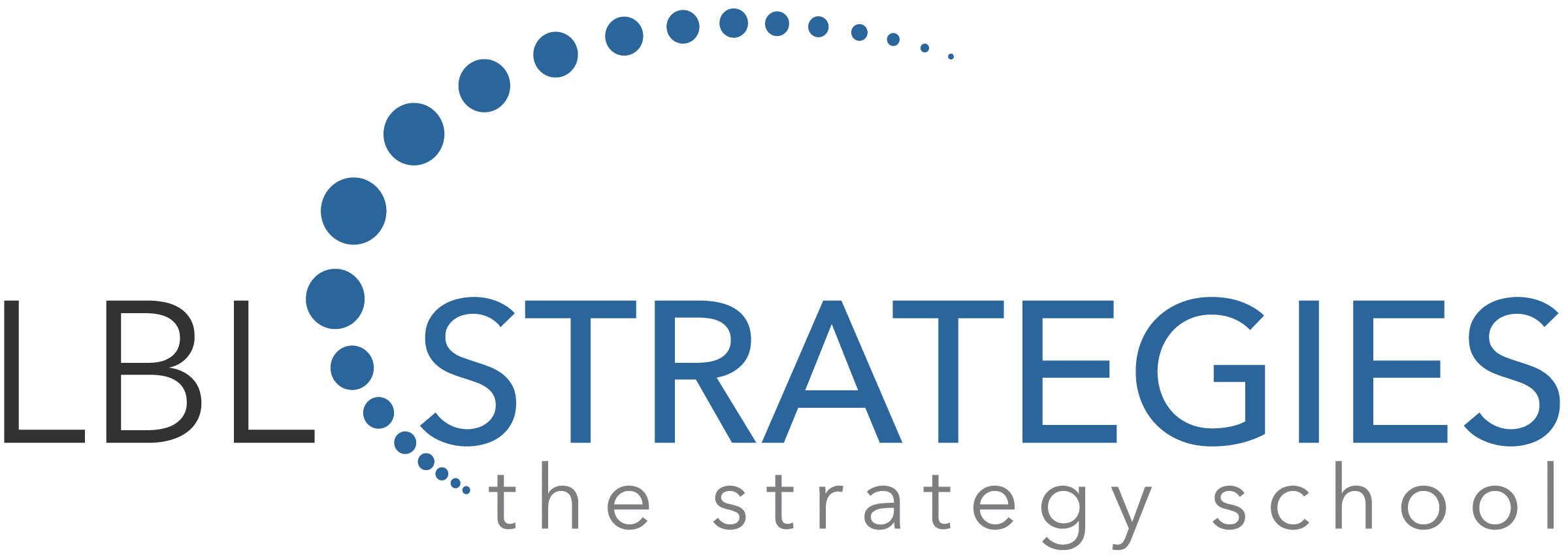To build strategic information radar requires executive management interact with key managers and staff on a continuous, scheduled basis to gather and evaluate strategically significant information of potential relevance to the strategic management of the organization.
We begin construction by acknowledging what we consider key characteristics of “strategically significant information” to be:
- Information from any source, direct or indirect, primary or secondary, public or private, free or by subscription, but always only obtained ethically*
- Information that is fact-based/objective and separated from information that is opinion-based /subjective (both types need to be collected)
- Information that can be gathered systematically, documented, and summarized in periodic reports to management
- Collected information that is screened with a set of filtering criteria for its potential relevance to the CEO and his/her core team set up to evaluate this information.
- Information that is finally assessed by the CEO and his/her core team for its potential relevance to the organization in setting its strategic direction and selecting strategic alternative courses
of action.
* This is not an exercise in commercial espionage, or any such activity that includes illegal, unethical, unacceptable, or unprofessional activities.
By accepting the first three as parameters for system design, we can focus attention on building out four and five, respectively, to establish criteria for screening, analyzing and evaluating strategically important information.
- Criteria for screening information for its potential relevance to the organization’s strategic
direction and selection of strategic courses of action.
- In most mid-sized organizations, information is gathered, processed and used for its functional utility, i.e., information in marketing about new customer needs, in IT about new software, in production about new machinery, and so forth.
- In these same organizations seldom is information collected in a systematic continuous flow for its relevance to the top executives and their need for strategically significant information upon which to base their decision making.
- Information gatherers/processors/users at the functional level in these organizations need guidelines (i.e., screening criteria) they can use to filter the information they collect and process for potentially relevant information at the organization level.
- These same information gatherers/processors/users need to begin contributing to the strategic vision and mission of the organization by seeking out significant information that top management needs to be aware of, and may need/want to use in their strategy formulation and implementation.
- Develop a set of questions for those engaged in information processing at the functional level. The objective of these questions is to stimulate these managers and staff personnel in thinking strategically about the impact of the information they are processing. For example, formulate such questions as follows:
- Will this information give us a competitive advantage?
- Does it provide the organization with a new platform for entering new markets, developing new technology or expanding on our current technology?
- Is this information that requires cross-functional attention?
- Will this information lead to new products that will replace current products?
- Criteria for analyzing and evaluating the information collected to determine how it
can/should be/will be used to deciding on strategy formulation and in selecting strategic
courses of action
- In most mid-sized organizations, executive level management does not have a fully developed staff support system like those found in large corporations.
- Mid-sized organizations are not accustomed to having strategically significant information brought to their attention continuously in a systematic manner.
- CEOs in mid-sized corporations receive information on a regular basis thatis current, relevant and primarily short-term operationally significant information. In contrast, strategic information at the organization level is received sporadically in an unorganized, functionally-oriented and usually ill-timed manner.
- Executive management typically makes decisions and solves problems relying on operational, internal and lower level information.
- Executives require a set of strategy oriented questions that will be used to evaluate the information being collected and sent to them for strategic decision making. Questions such as:
- Are managers and staff tasked with providing us with potentially significant strategic information developing an organizational perspective?
- Are they filtering their information sources for potentially relevant information at the executive level, along with their own functional and professional information needs?
- Can we use this information to develop strategic alternatives that will do any of the following:
- Develop new products/services/applications/ customers/markets (domestic and/or international)
- Develop new or extend current production/technology by developing new platforms for extension/penetration/redirection of our current competencies/capabilities/resources
- Develop new strategies that will synergize cross-functional capabilities, and lead to a more balanced and aligned approach to organization strategy
- Can we be more focused in our search for and evaluation of strategic opportunities?
- Are we maintaining a long-term, big picture focus, while still developing strategic alternatives for our organization?
- Are we managing to avoid shifting our focus in these meetings from identifying, evaluating, selecting and prioritizing without getting into a narrow focus on one strategic alternative and becoming involved in detailed short-term, financial, and feasibility considerations, i.e., becoming prematurely operationally preoccupied?
Use these illustrative questions to help promote thinking strategically and building out an information system capable of supporting it.
